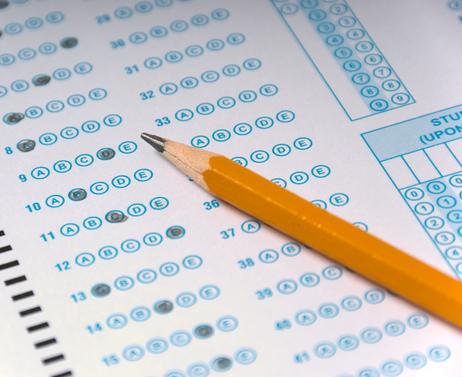The American public-school system is always a hot topic for debate. While there are two sides to every issue, there is one point that cannot be debated – some public schools are better than others.
Public schools in wealthy and suburban areas tend to perform much higher in testing than urban schools and there is a significant difference in funding as well. Parents can’t always choose their school district, but if the public schools in an area are sub-par, there are other options to consider. Alternative schools like boarding schools, magnet schools, and even homeschools may provide better educational opportunities for students, but there are some challenges to consider as well.
When it comes to college applications, alternative school curriculums and transcripts are less straightforward for admissions officers to understand. In this article, we’ll explore the subject of alternative schools and their impact on the college admissions process for graduating seniors.
What is an Alternative School?
Every student is unique in terms of educational background, learning ability, and interest in school. Two students from the same class, when given the same test, can achieve very different scores because academic achievement is determined by more than just curriculum. A child’s performance is school is affected by in-school factors such as the teacher’s education level, availability of resources, and curriculum. But it is also affected by other factors such as the student’s socioeconomic status, home life, and personal or learning challenges.
An alternative school is a school that doesn’t






















